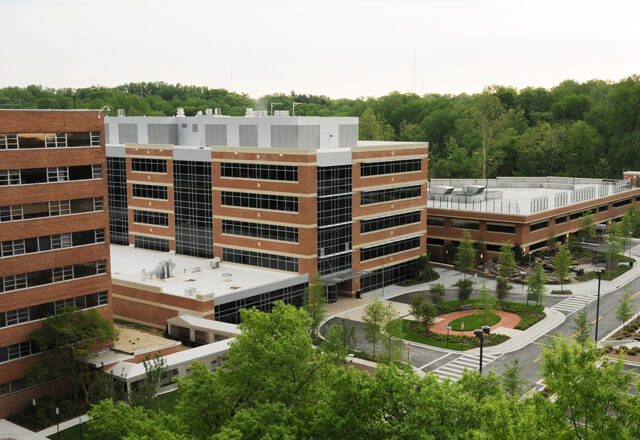-
Kristin Bibee, MD PhD

- Assistant Professor of Dermatology
Expertise: Mohs Surgery, Dermatology
Primary Location: Johns Hopkins Outpatient Center, Baltimore, MD
-
Emily Merkel, MD
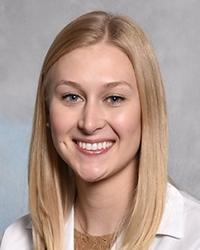
- Assistant Professor of Dermatology
Expertise: Mohs Surgery, Dermatology
Primary Location: Sibley Memorial Hospital, Washington, DC
-
Elise Ng, MD

- Director, Micrographic Surgery and Dermatologic Oncology Fellowship
- Assistant Professor of Dermatology
Expertise: Mohs Surgery, Dermatology
Primary Location: Howard County Medical Pavilion, Columbia, MD
The dermatologic surgeons at Johns Hopkins provide surgical treatment and patient-centered care for those diagnosed with skin cancer or benign skin growths. If you have been diagnosed with skin cancer, we offer Mohs surgery, an advanced surgical technique removing all skin cancer safely and efficiently within the comfort of our office.
Skin Conditions We Treat
Cancerous Skin Growths
- Basal cell carcinoma
- Squamous cell carcinoma
- Melanoma
- Merkel cell carcinoma
- Dermatofibrosarcoma protuberans
- Eccrine (sweat gland) malignancies
Benign Skin Growths
- Lipomas
- Cysts
Schedule An Appointment Schedule An Appointment
Schedule online through MyChart
Current Johns Hopkins Medicine patients: Log into MyChart and schedule online | Sign up for MyChart.

Schedule by phone
New and existing patients: 410-955-5933

Why Choose Johns Hopkins
Many patients can get skin growths — even skin cancers — removed in one day, safely and comfortably, without general anesthesia.
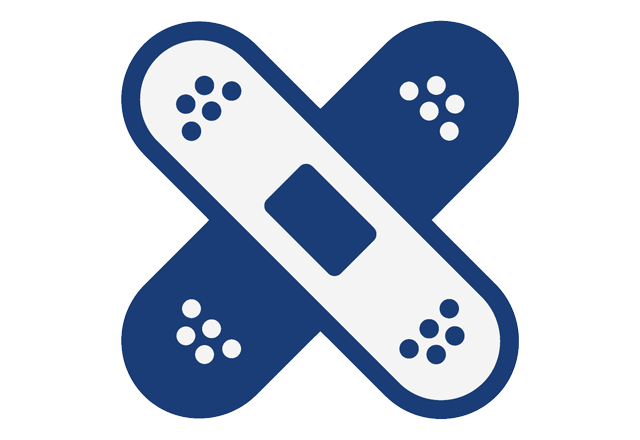
We carefully follow your progress, from initial consultation to the final stages of healing, providing clear and thorough communication along the way.

Complex skin cancer cases are reviewed by a multidisciplinary team of medical experts to develop a truly individualized approach for your care.
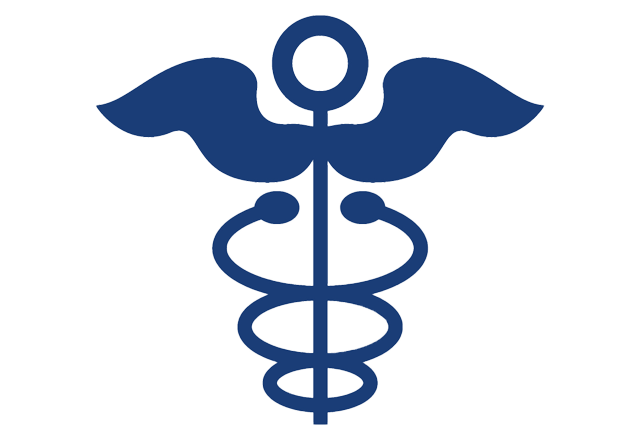
Our doctors actively participate in research, advancing techniques in dermatologic surgery and skin cancer management.

Mohs Surgery Overview
-
Mohs surgery is the gold standard for the treatment of skin cancer. It is the most precise and effective treatment for a wide variety of skin cancers and has the highest cure rate of any skin cancer treatment, including skin cancers that have previously been treated. During Mohs surgery, we examine 100% of the skin margin, allowing us to precisely identify and remove cancerous tissue while leaving the surrounding healthy skin intact.
Our team of fellowship-trained Mohs surgeons is exceptionally skilled in surgically removing skin cancer, examining the skin cancer under the microscope and reconstructing the surgical defect left behind. Your Mohs surgeon has intensive, specialized training in reconstructing skin after Mohs surgery to minimize scarring and leave you with the best possible functional and cosmetic outcome.
-
You can expect your Mohs surgery appointment to last approximately three to six hours. This is because the procedure involves removing thin layers of skin around the skin cancer one at a time, and examining them under a microscope to look for skin cancer cells.
Please bring someone with you on the day of surgery. Take all your medications on the day of surgery and eat a good breakfast. You do not need to stop blood thinners before surgery. We use local anesthesia so you will not be put to sleep. Most of your day will be spent waiting for the layers of skin to be examined under the microscope.
While you are waiting, you are free to walk around, get something to eat or drink, use the bathroom and visit with family. Once the removed layers of skin show no more cancerous cells, your Mohs surgeon will repair the surgical defect with stitches. The repair procedure takes place the same day as the cancer removal. You will have a large bandage on the surgical area, which stays in place for 48 hours. After that, you can remove it and replace it with a smaller bandage.
Pain afterward is mild. Talk to your doctor about over-the-counter pain relievers. In most cases, you will return to have your stitches removed in one to two weeks. At that visit, we will check the surgical area to make sure it is healing properly. Your surgeon will likely want you to avoid exercise for one to two weeks after surgery. After your Mohs surgery, we will provide you with a phone number where you can reach the clinic at any time, day or night, with any questions or concerns you may have.
Meet the Experts
Locations
-
Baltimore
Johns Hopkins Outpatient Center
601 North Caroline Street, 8th Floor
Baltimore, MD 21287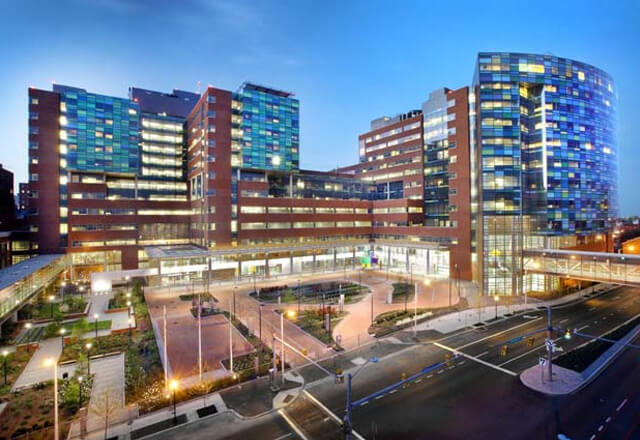
-
Columbia
Howard County Medical Pavilion
10710 Charter Drive, Suite 420
Columbia, MD 21044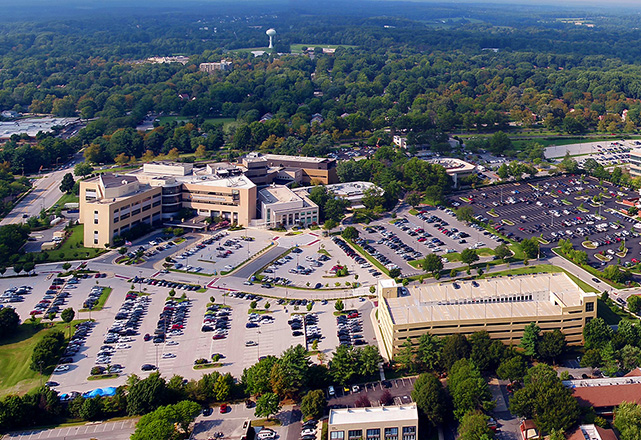
-
Green Spring Station
Pavilion I
10755 Falls Road, Suite 350
Lutherville, MD 21093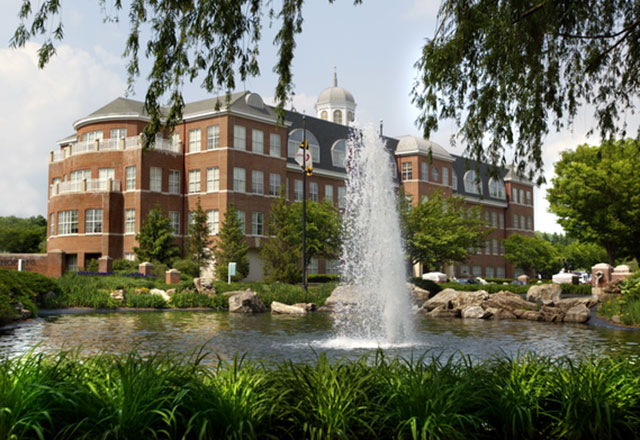
-
Washington, D.C.
Sibley Memorial Hospital
5215 Loughboro Road NW, Suite 140
Washington, DC 20016